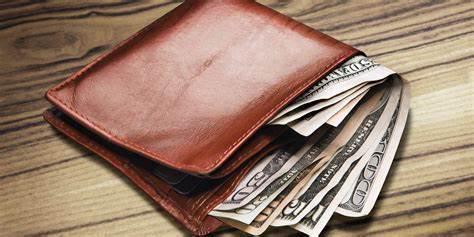
Wallets have become an indispensable accessory in our daily lives. Whether it's for carrying cash, credit cards, or personal identification, wallets play a crucial role in ensuring our financial and personal security. In this article, we will explore the different types of wallets, their uses, and how to choose the right one for your needs.
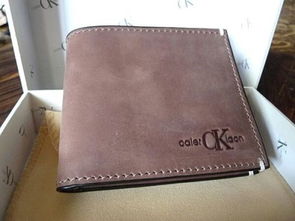
Wallets come in various shapes, sizes, and materials, catering to different preferences and needs. Here are some of the most common types of wallets:
Wallets: These are typically made of leather and are designed for men. They usually have multiple compartments for cash, credit cards, and identification cards.
Purses: Purse is a term commonly used for women's wallets. They are usually smaller and more stylish, with compartments for coins, cards, and small personal items.
Moneybags: These are large wallets designed to carry a substantial amount of cash and are often used by travelers or people who carry a lot of cash.
Coin Purses: As the name suggests, these wallets are specifically designed to carry coins and are often attached to a belt or worn around the neck.
Notecases: These are small, flat wallets used to carry cash and identification cards. They are often made of leather or synthetic materials and are perfect for those who prefer a minimalist approach.
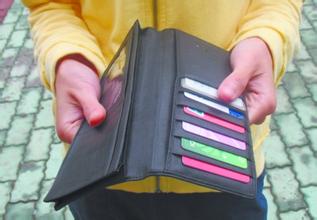
When selecting a wallet, it's essential to consider your lifestyle and needs. Here are some factors to keep in mind:
Size: Choose a wallet that fits comfortably in your pocket or bag without being too bulky.
Material: Consider the durability and maintenance of the material. Leather wallets are durable and classic, while synthetic materials are more budget-friendly and easier to clean.
Compartments: Ensure that the wallet has enough compartments to hold your cash, credit cards, identification cards, and any other personal items you carry regularly.
Design: Choose a wallet that reflects your personal style and complements your wardrobe.
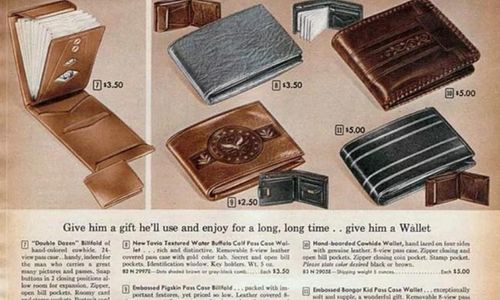
Wallets are not only a practical item but also a reflection of cultural values and aesthetics. In some cultures, wallets are seen as a symbol of wealth and prosperity. For example, in Japan, wallets are often adorned with intricate designs and patterns, while in Western countries, wallets are typically more functional and straightforward.

Carrying a wallet comes with certain risks, such as theft or loss. To minimize these risks, consider the following tips:
Keep it Secure: Always keep your wallet in a secure place, such as a zipped pocket or a bag with a lock.
Limit the Contents: Only carry the essentials, such as cash, credit cards, and identification cards. Avoid carrying unnecessary items that could make your wallet more attractive to thieves.
Backup Information: Keep a copy of your identification cards and credit card information in a safe place, such as a secure online account or a password-protected document on your computer.
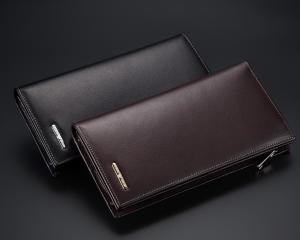
Wallets are an essential part of our daily lives, providing us with a convenient and secure way to carry our personal items. By understanding the different types of wallets, choosing the right one for your needs, and taking precautions to protect your wallet, you can ensure that it remains a valuable and functional accessory.